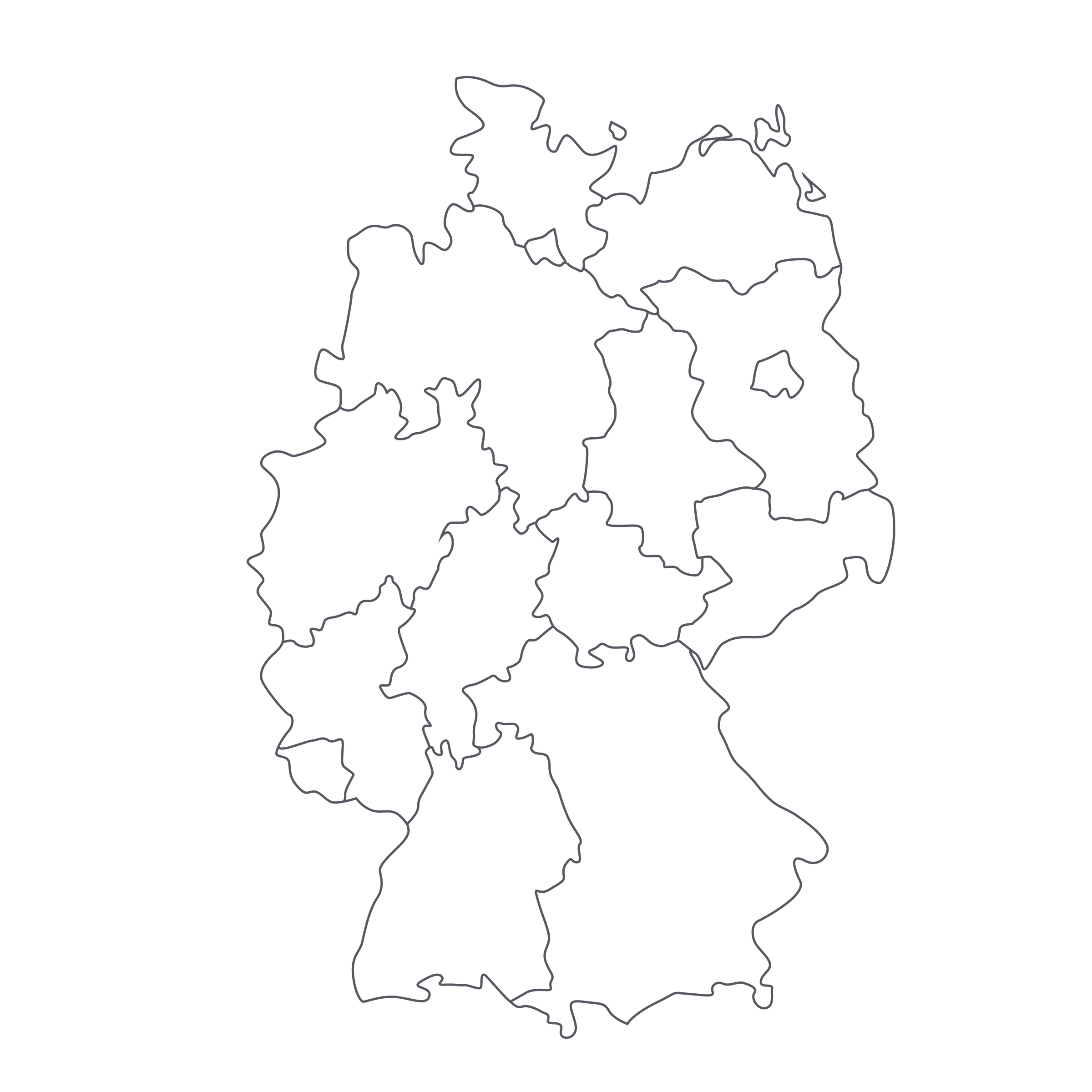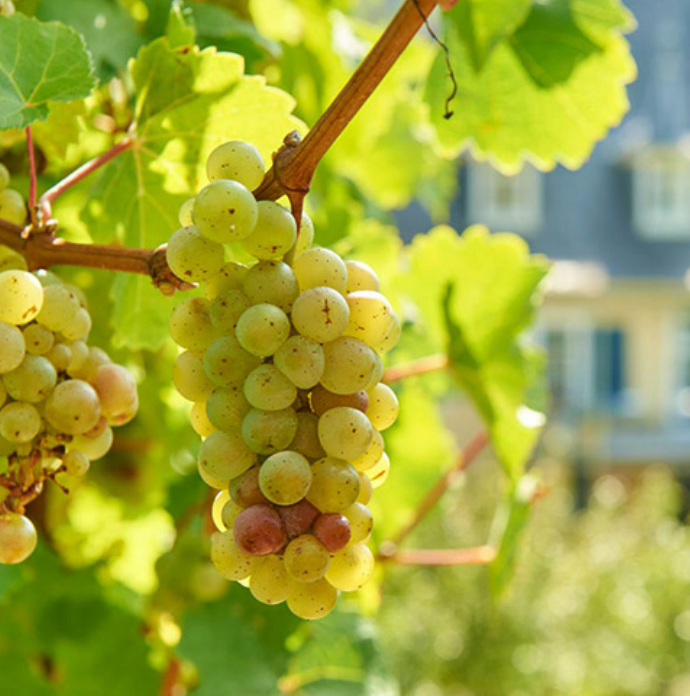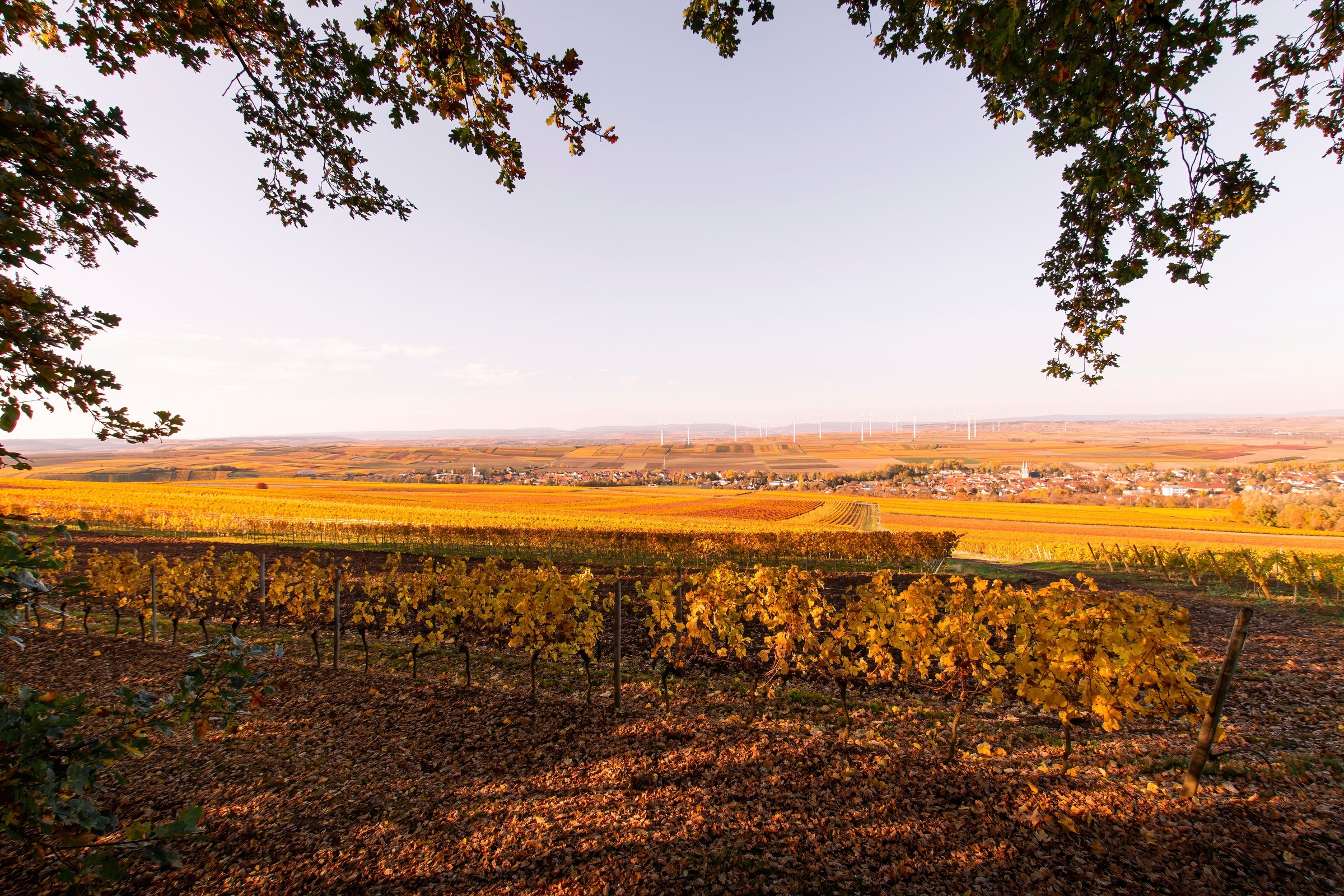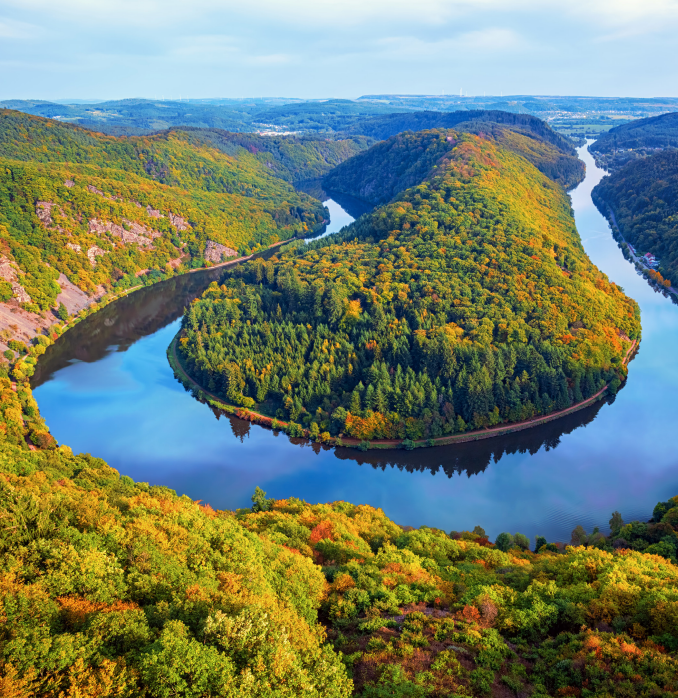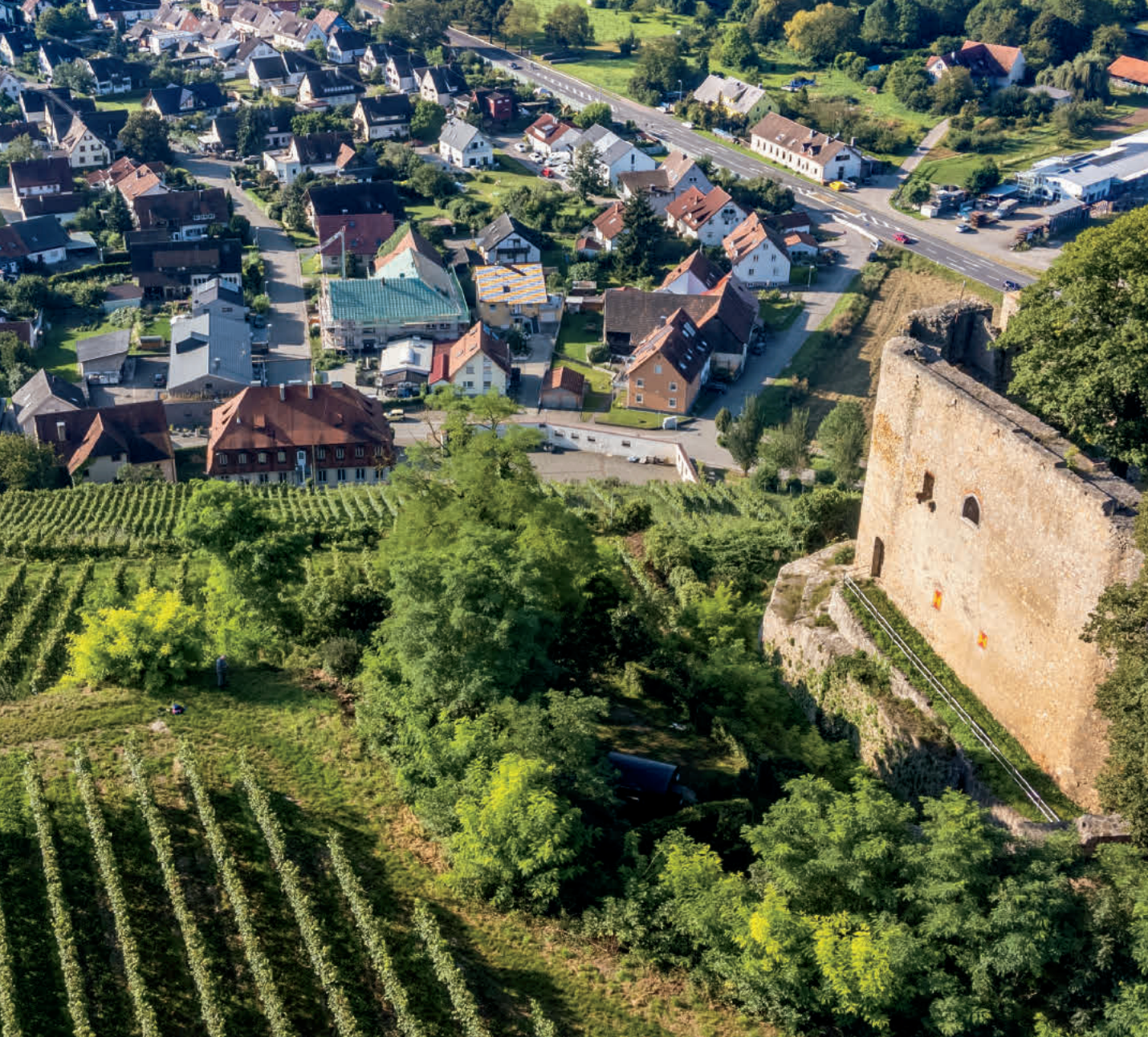Although we’ve been banging this drum rather loudly for a while now, today’s wine compels me to say this again: German Pinot Noir is the real deal. Not only do many parts of Germany have just as much history with the variety as the Burgundians, but the value-for-dollar coming out of Germany these days equals that of our beloved Willamette Valley in Oregon.
Time and time again, we find ourselves knocked sideways by the quality, terroir expression, and varietal purity of German Pinot—the latest example being this 2018 stunner from Allendorf. Blind-tasting this impressive Spätburgunder would prove challenging for even the most experienced Pinot-philes: There’s no doubt it is an elegant, mineral-driven Pinot Noir sprinkled with delicate berry fruit, but from where? Though I’ve encountered—and loved—this wine in vintages past, it was still a wonderful treat when today’s ’18 turned up on our tasting table. I didn’t taste this edition blind, but if I had, chances are I’d be trying to pinpoint which village in Burgundy it was from. It is worthy of all the hype we can lavish on it, because as everyone knows (or should know), sub-$30 Pinot Noir of this pedigree is nearly impossible to find, anywhere. When we do find one, it’s cause for celebration, as your first sip will undoubtedly confirm. Yes, it’s that good!
Perhaps it’s also time to remind everyone that only the wine’s price should be a surprise: Germany is the third-largest grower of Pinot Noir in the world today, and winemakers have transformed Germany’s old light-and-lean style into world-class, benchmark quality. As global warming has enabled European viticulture to expand ever northward, historically cool growing zones like the Rheingau are displaying ever-greater prowess with red wines.
The Allendorf family’s roots can be traced back to the 13th century, but wine wasn’t their métier until Philipp Anton Allendorf founded the estate...in 1773! With nearly a quarter-millennium under its belt, the family has accumulated over 140 acres, and, thanks to Fritz Allendorf’s leadership in the second half of the 20th century, holdings include prestigious Grand Cru sites like Hasensprung, Höllenberg, Jesuitengarten, and Berg Roseneck. The estate has been taken over by Fritz’s son, Ulrich, and he works tirelessly to continue the traditional winemaking practices of his father and the countless generations before him.
An integral part of their continued success is Allendorf’s involvement as a prominent member in the VDP (Verband Deutscher Prädikatsweingüter), an exclusive organization that monitors quality from respected terroirs. It’s essentially a private stamp of approval stating that your handcrafted wine is a perfect representation of its place of origin. This specific bottle is a regional wine, or “Gutswein,” from Rheingau (comparable to a “Bourgogne” label). It comes entirely from family-owned vineyards throughout Rheingau, stretching down the Rhine River from the villages of Hallgarten to Assmannhäusen. Because of this large selection, soils range from clayey loams to pure slate. In the winery, the Allendorfs are all about respecting the wine’s natural progression—fermentations are long and aging occurs in large, neutral oak barrels that are stowed in their centuries-old cellar.
Given the astounding price, prestigious Rheingau vineyard sites, and classic winemaking, Allendorf’s Spätburgunder trocken (dry) is a magnificent feat for German Pinot Noir. It displays a radiating ruby core that transitions to soft pink hues on the rim and after some air, the aromas begin pouring out. My recommendation would be to decant for one hour—since the wine is bottled with a screw cap, allowing it to breathe will drastically change its aromatics and palate profile. Once the wine receives enough air, it will reveal beautiful aromas of freshly picked strawberries, plum skin, red currants, pomegranate, cranberry, fresh herbs, underbrush, crushed stones, black tea, and soft spices. The palate shows a refreshingly lithe frame with soft tannins and a multitude of just-ripened red fruits. Whether enjoyed now or in five years, it’s just a wonderfully crafted Pinot Noir that performs way above its Gutswein classification. Serve it with a stuffed roast chicken some night soon and raise a toast to finesse. Cheers!
